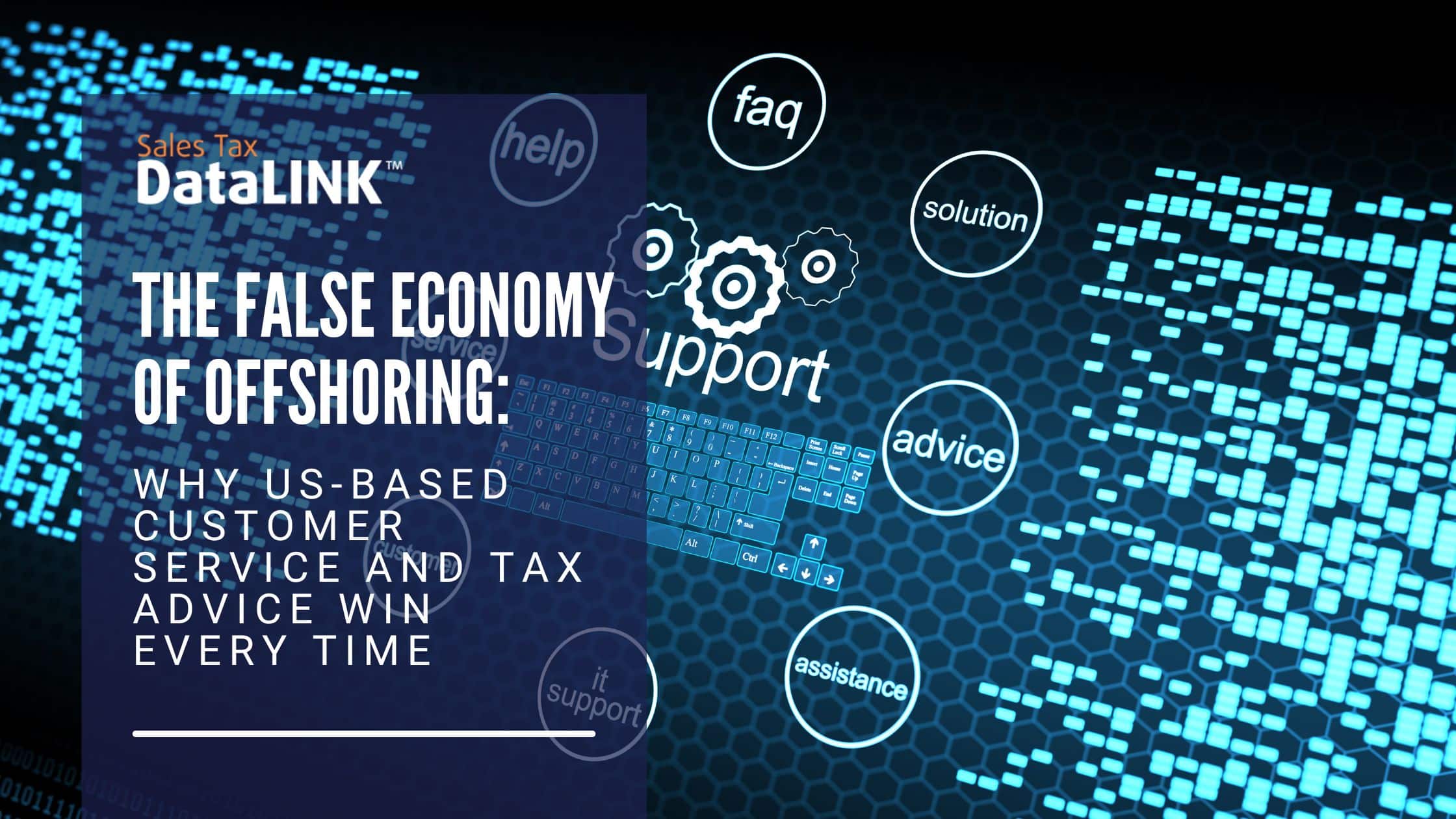Many online sellers have never thought about sales tax compliance in states other than their own. If the things you sell are taxable in your state, you collect sales tax. If not, you don’t.
Even if you sell in other states, you probably know that you don’t have to collect sales tax unless you have a physical presence in the state. Unless you have a building, an employee, or an affiliate marketing agent in that state, you probably have not been required to collect sales tax. You have not had nexus, the connection that requires you to collect sales tax.
Big changes
The Supreme Court recently made a decision that changes that. They overturned Quill, the landmark decision that made “sufficient physical presence” the definition of nexus. Now states can make laws that require remote sellers to calculate, collect, and file sales tax in any state where they do business.
21 states have already made laws like this. Using terms like “virtual nexus” and “economic nexus,” these states are requiring online sellers to comply with sales tax laws whether they have a physical presence in the state or not.
Small steps
- Identify the states where you have sales and those where you are likely to have sales. A web designer in New York might well have sales in neighboring Connecticut. You should be able to identify the relevant states fairly easily.
- Determine whether your goods and services are taxable in those states. Web design is not subject to sales tax in New York, but it is in Connecticut. Every state where you sell taxable things is a state where you will need to register and comply with sales tax laws. A Taxability Study might be required.
- If possible, determine whether you meet the thresholds for sales tax collection in those states. Some states require companies doing as little as $10,000 worth of business to file. Some states haven’t yet set thresholds. You’ll need to keep up with changes.
- Register in all the relevant states. It is illegal to collect sales tax without registering.
- Find out when sales tax filings are required in each state. Our sales tax solutions include this information.
- Ditto for the sales tax rates in the jurisdictions where you’ll need to file.
- Use a tax rate table or a tax engine to calculate taxes for your transactions. This is an ongoing requirement, especially when things are changing quickly.
- When it’s time to file, use sales tax filing software to make the process easier. With Sales Tax DataLINK sales tax solutions, there are just three simple steps: upload your data, make checks and corrections as needed (our solutions show you possible errors to check), and click to file.
There are many different software options. We recommend that you try ours out. We’ll use your data so you can see just how it works.
Too difficult?
For some companies, taking care of sales tax compliance in-house isn’t cost-effective. If that’s you, then consider outsourcing all your sales tax compliance to Sales Tax DataLINK. We are sales tax experts, based in the United States. You can leave sales tax issues to us and get on with growing your business.




